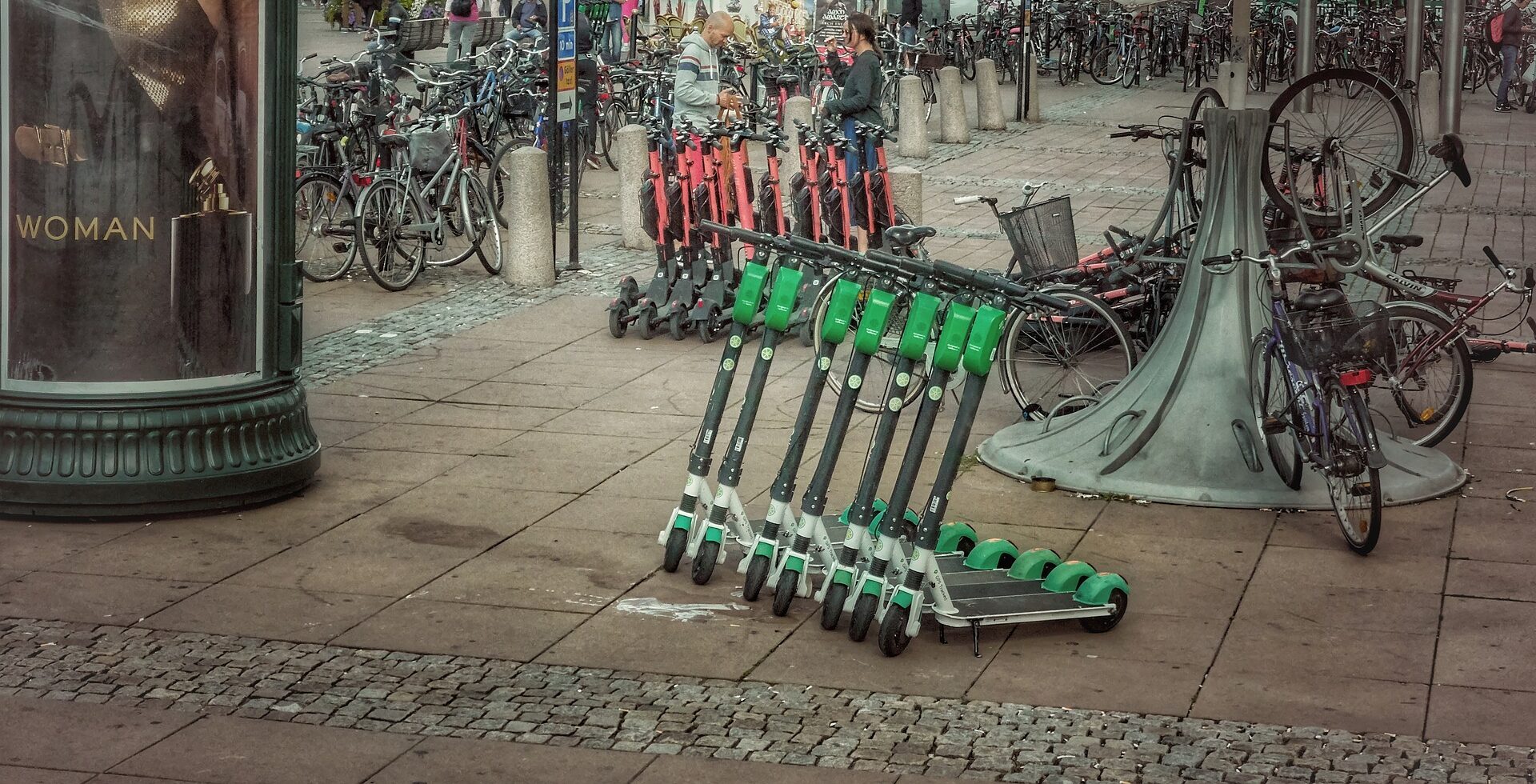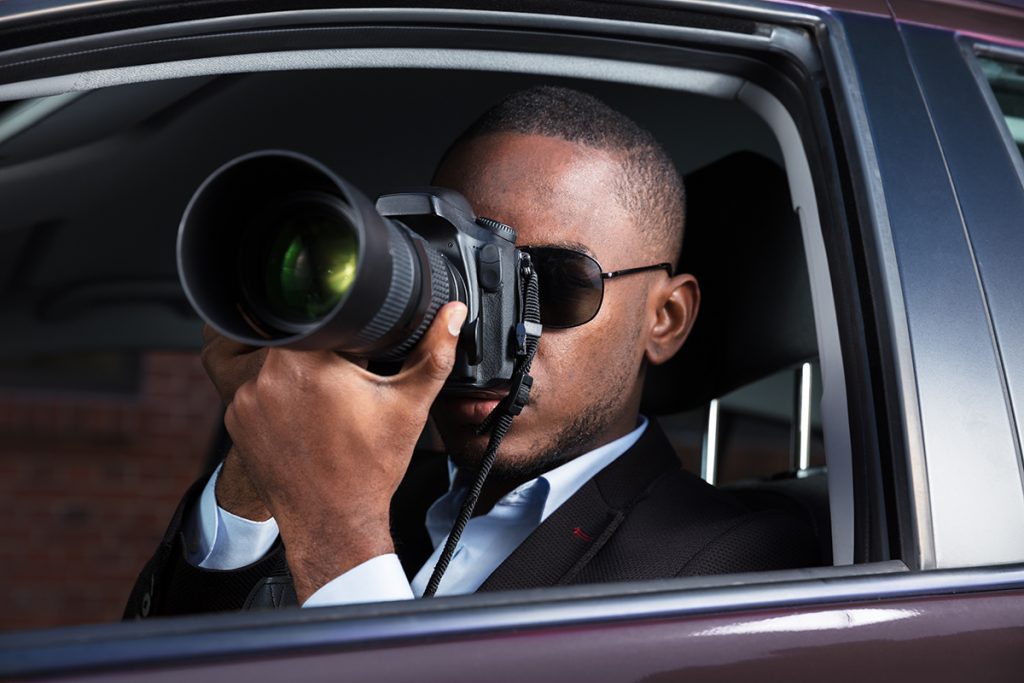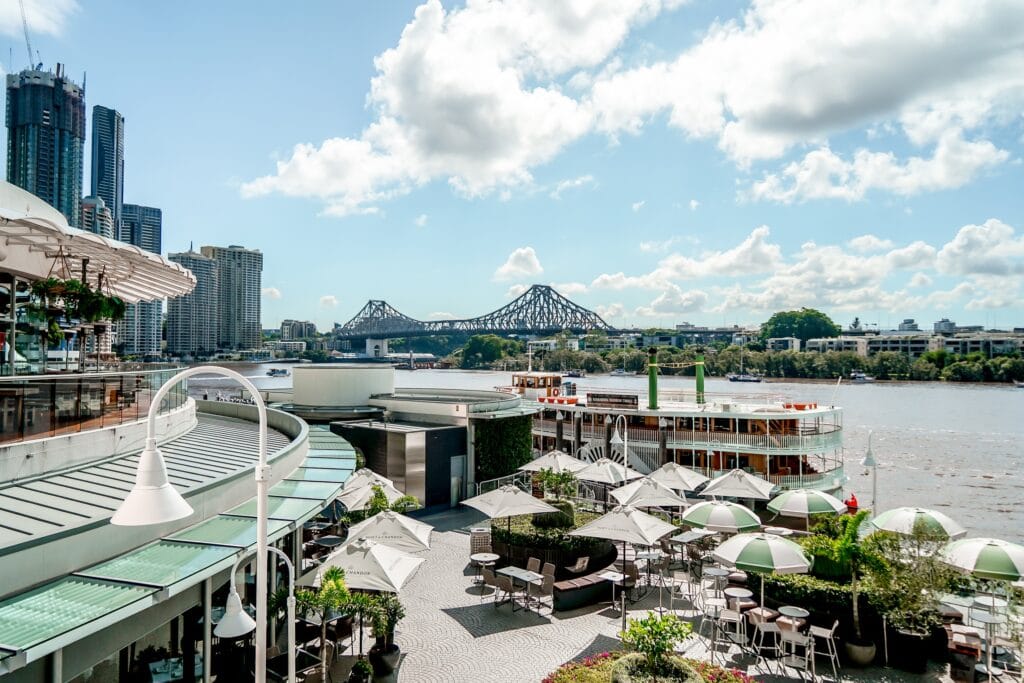And claims are peaking in the afternoon commute with road users more tired and the sun starting to set.
In the last 12 months, RACQ Insurance says it received 186 motor claims for crashes involving bikes and scooters; an average of one claim every second day across the state. For the year before that, it was 153 claims.
And holiday hotspots like Townsville and the Gold and Sunshine coasts made the top five for claims frequency.
RACQ General Manager Advocacy Joshua Cooney says everyone must play their part in reducing even the risk of crashes.
“We’re seeing a fairly even split between motorists and riders being at fault, highlighting the need for all road users to prioritise safety and be mindful of each other,” he says.
According to the claims data, collisions peaked between 3pm and 5pm.
“The data highlights a real danger period in the busy afternoon commute with road users generally more tired and the sun setting which can impact visibility,” Cooney says.
“As we enter the holiday period with more families, children, and tourists out and about, we urge everyone to slow down, follow the road rules and exercise an extra level of caution to prevent crashes on shared roads and pathways.”
SURVEY RESULTS
A recent RACQ survey found 75 per cent of Queensland drivers encountered cyclists regularly but only 10 per cent says they knew all the road sharing rules.
The survey reveals that 12 per cent of respondents say they had a near-miss with a cyclist and 25 per cent admitted they did not know many, or in some cases, any of the road rules for cyclists.
Cooney says that when the speed limit is 60km/h or less, drivers must leave a gap of at least one metre between their car and riders.
“If the speed limit is above 60km/h, then you need to give the rider at least 1.5 metres of space,” he explained.
“This could be the difference between getting home safely and a life-changing crash.”






